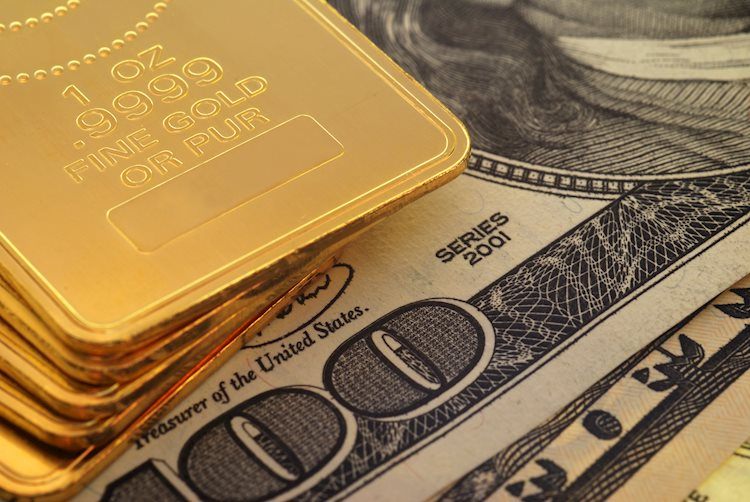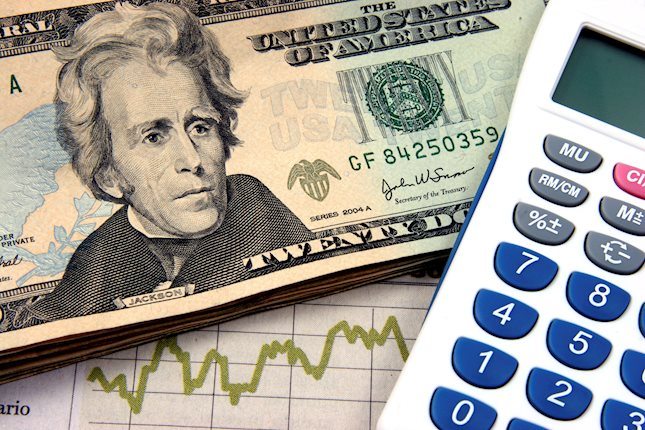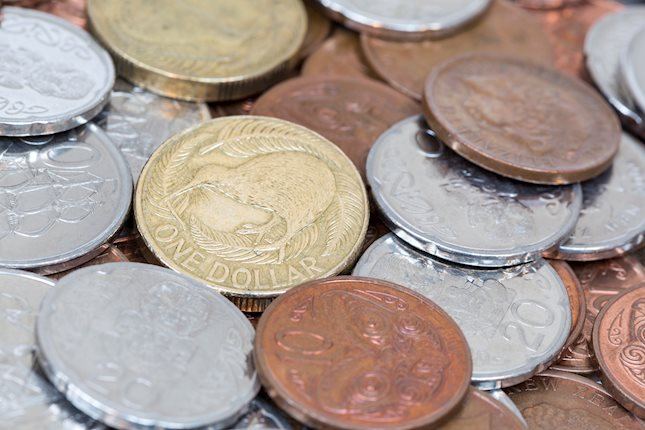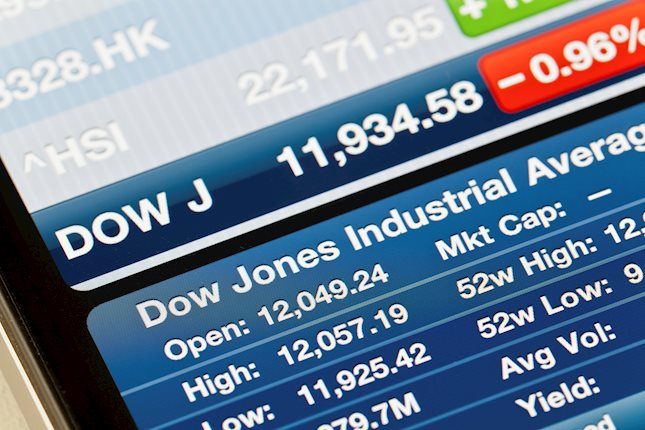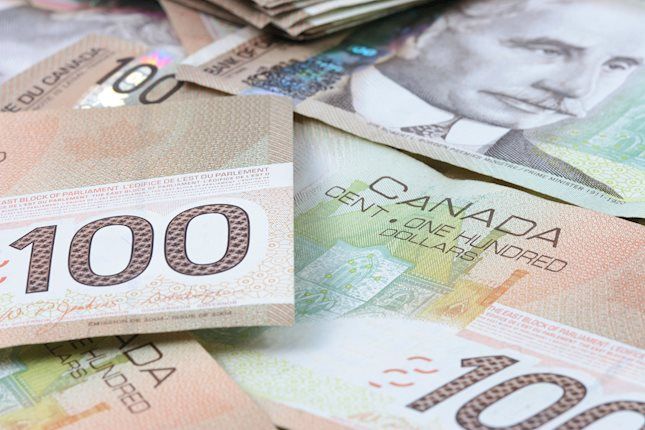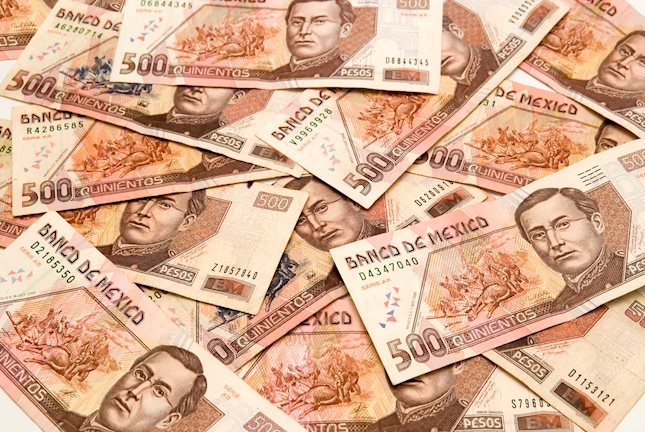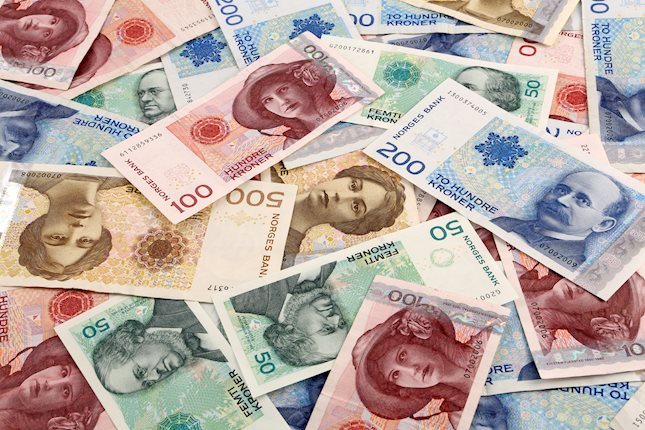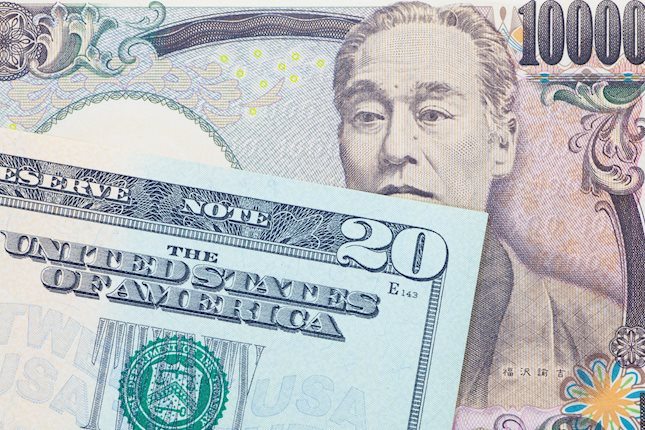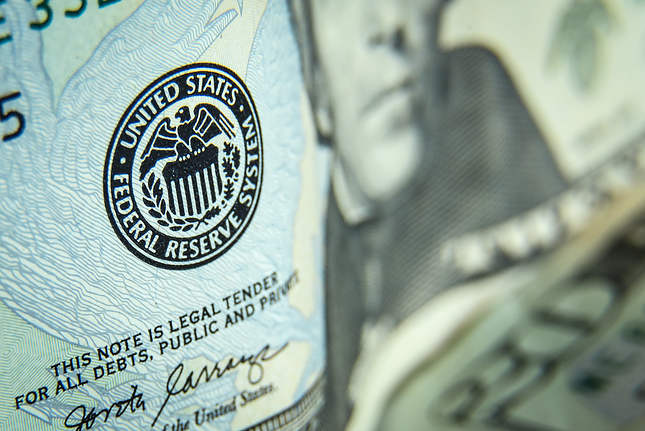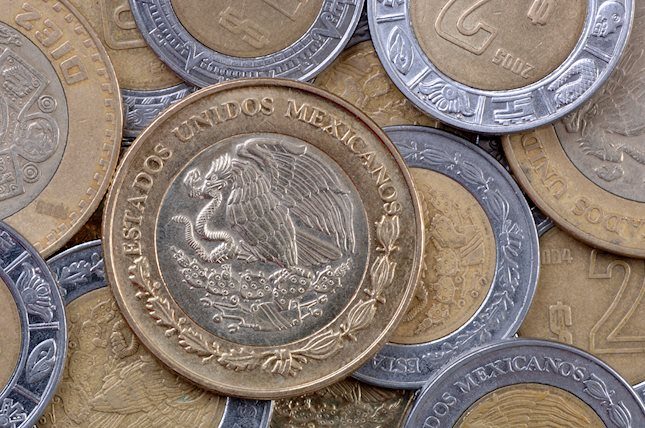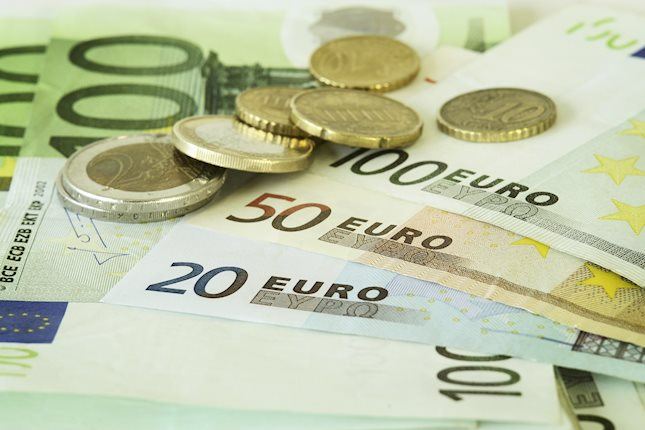Gold price trades with mild negative bias, manages to hold above $2,300 ahead of US data
- Gold price lacks follow-through buying and is undermined by a combination of negative factors.
- Easing geopolitical tensions, along with renewed USD buying, act as a headwind for the commodity.
- Traders now look to important US macro data for Fed rate cut cues and fresh directional impetus.
Gold price (XAU/USD) edges lower during the early European session on Wednesday, albeit manages to hold its neck above the $2,300 mark and over a two-week low touched the previous day. Easing concerns about a further escalation of geopolitical tensions in the Middle East remain supportive of a generally positive tone around the equity markets. This, along with the emergence of some US Dollar (USD) dip-buying, bolstered by hawkish Federal Reserve (Fed) expectations, is seen undermining the non-yielding yellow metal.
The downside, however, seems limited as traders might refrain from placing aggressive directional bets ahead of important US macro releases, starting with Durable Goods Orders later this Wednesday. The focus, however, will remain glued to the Advance US Q1 GDP report and the Personal Consumption Expenditures (PCE) Price Index. The data will be looked upon for cues about the Fed's rate-cut path, which will drive the USD demand and help in determining the near-term trajectory for the Gold price.
Daily Digest Market Movers: Gold price remains on the back foot amid positive risk tone, renewed USD buying
- Easing concerns over geopolitical tensions in the Middle East remain supportive of a generally positive risk tone and continue to act as a headwind for the safe-haven Gold price.
- Hawkish comments from Federal Reserve officials lifted bets that the US central bank will keep rates higher for longer and further undermined the non-yielding yellow metal.
- The weaker US PMI prints released on Tuesday keep the US Dollar bulls on the defensive near a one-and-half-week low, which is seen lending some support to the commodity.
- The S&P Global Composite Purchasing Managers Index (PMI) fell to 50.9 in April's flash estimate, suggesting that the business activity in the US private sector expanded at a slower pace.
- Meanwhile, the S&P Global Manufacturing PMI unexpectedly dropped into the contraction territory in April, while the gauge for the services sector declined to 50.9 from 51.7 in March.
- Traders also prefer to wait on the sidelines ahead of this week's key US macro data, which might influence the Fed's future policy decision and provide a fresh impetus to the XAU/USD.
- Wednesday's US economic docket features Durable Goods Orders, though the focus remains on the Advance Q1 GDP report and the Personal Consumption Expenditures (PCE) Price Index.
Technical Analysis: Gold price bears might wait for sustained break below $2,300 mark before positioning for deeper losses
From a technical perspective, the XAU/USD showed some resilience below the 23.6% Fibonacci retracement level of the February-April rally. The subsequent bounce, along with the fact that oscillators on the daily chart are still holding in the positive territory, warrants some caution for bearish traders. Hence, it will be prudent to wait for acceptance below the $2,300 mark before positioning for deeper losses. The Gold price might then slide to the $2,260-2,255 area, or the 38.2% Fibo. level, en route to the $2,225 intermediate support and the $2,200-2,190 confluence, comprising the 50% Fibo. level and the 50-day Simple Moving Average (SMA).
On the flip side, any further move up is more likely to confront stiff resistance and remain capped near the $2,350-2,355 region. The next relevant hurdle is pegged near the $2,380 supply zone, which is followed by the $2,400 mark and the all-time peak, near the $2,431-2,432 area. A sustained strength beyond the latter will be seen as a fresh trigger for bullish traders and set the stage for an extension of the recent blowout rally witnessed over the past two months or so.
Gold FAQs
Gold has played a key role in human’s history as it has been widely used as a store of value and medium of exchange. Currently, apart from its shine and usage for jewelry, the precious metal is widely seen as a safe-haven asset, meaning that it is considered a good investment during turbulent times. Gold is also widely seen as a hedge against inflation and against depreciating currencies as it doesn’t rely on any specific issuer or government.
Central banks are the biggest Gold holders. In their aim to support their currencies in turbulent times, central banks tend to diversify their reserves and buy Gold to improve the perceived strength of the economy and the currency. High Gold reserves can be a source of trust for a country’s solvency. Central banks added 1,136 tonnes of Gold worth around $70 billion to their reserves in 2022, according to data from the World Gold Council. This is the highest yearly purchase since records began. Central banks from emerging economies such as China, India and Turkey are quickly increasing their Gold reserves.
Gold has an inverse correlation with the US Dollar and US Treasuries, which are both major reserve and safe-haven assets. When the Dollar depreciates, Gold tends to rise, enabling investors and central banks to diversify their assets in turbulent times. Gold is also inversely correlated with risk assets. A rally in the stock market tends to weaken Gold price, while sell-offs in riskier markets tend to favor the precious metal.
The price can move due to a wide range of factors. Geopolitical instability or fears of a deep recession can quickly make Gold price escalate due to its safe-haven status. As a yield-less asset, Gold tends to rise with lower interest rates, while higher cost of money usually weighs down on the yellow metal. Still, most moves depend on how the US Dollar (USD) behaves as the asset is priced in dollars (XAU/USD). A strong Dollar tends to keep the price of Gold controlled, whereas a weaker Dollar is likely to push Gold prices up.
Forex News
Keep up with the financial markets, know what's happening and what is affecting the markets with our latest market updates. Analyze market movers, trends and build your trading strategies accordingly.
